Last updated on
Discover the ideal frequency for remodeling your kitchen to keep it fresh, functional, and up-to-date in this informative guide.
Are you considering remodeling your kitchen but wondering how often it should be done? The kitchen is the heart of any home, and it’s no surprise that homeowners want to keep it fresh and functional. However, the decision to remodel can be daunting, especially when you’re not sure how often it should be done.
In this article, we’ll explore the factors that determine how often you should remodel your kitchen and provide some tips on making the most out of your renovation budget. So let’s dive in!
What's Inside
Importance of Kitchen Remodeling
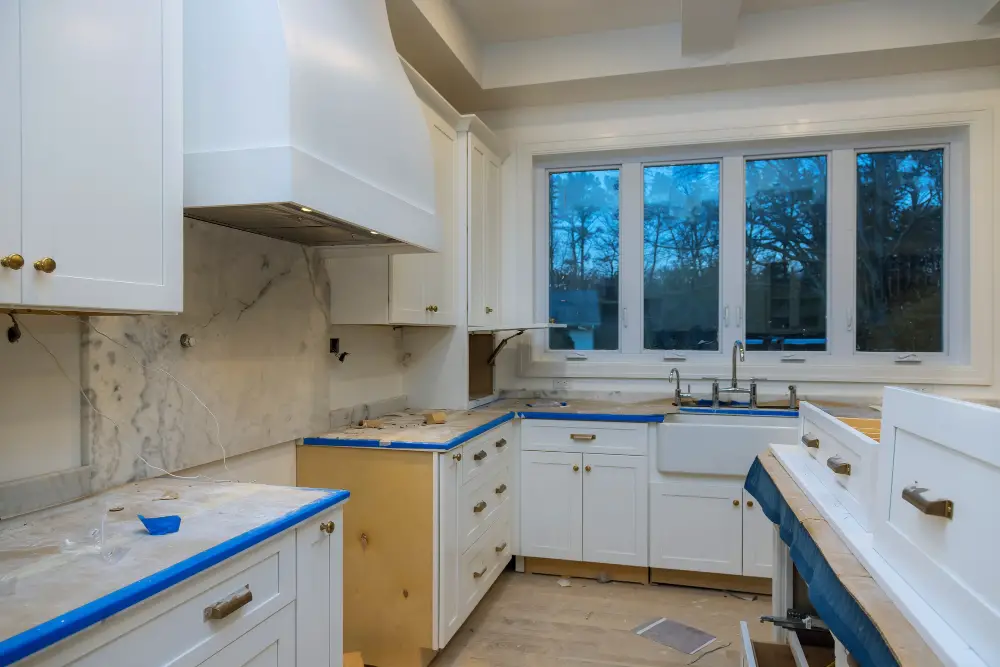
Remodeling your kitchen is an essential aspect of maintaining a functional and aesthetically pleasing home. The kitchen is the heart of any household, where meals are prepared, conversations are had, and memories are made.
As such, it’s crucial to keep this space updated with modern designs that reflect your style while also meeting the needs of your family.
A well-executed kitchen remodel can transform an outdated or dysfunctional space into a beautiful and efficient area that enhances daily living. It can increase storage capacity by adding cabinets or shelves in strategic locations while improving functionality by incorporating new appliances or fixtures.
Moreover, remodeling allows you to personalize your cooking area according to specific preferences like color schemes and materials used for countertops or backsplashes. A remodeled kitchen not only adds value to the property but also makes it more attractive when selling in case you decide on moving out later on.
Evaluating the Need for a Kitchen Remodel

A kitchen remodel is a significant investment of time and money, so you want to make sure that it’s necessary. One way to determine if your kitchen needs remodeling is by analyzing its current state.
Take note of any damages or repairs needed in your kitchen space. Are there any leaks or water damage? Is the flooring worn out? Do you have outdated appliances that are no longer functioning correctly? These are all signs that indicate your need for a renovation.
Another factor to consider when evaluating the need for a remodel is functionality. Does your current layout work well with how you use the space? Are there enough storage options available in cabinets and drawers?
Lastly, take into account aesthetic appeal – does your current design match up with modern trends and styles?
Analyzing Your Kitchen’s Current State

This step will help you determine the areas that need improvement and identify what changes are necessary. Start by assessing the layout of your kitchen and how well it functions for you and your family’s needs.
Consider factors such as storage space, counter space, traffic flow, lighting, ventilation systems among others.
Next up is evaluating the condition of various elements in your kitchen like cabinets or countertops; check if they’re damaged or outdated beyond repair. If so then replacing them might be a good idea.
Also consider whether there are any safety hazards present in the current design such as sharp corners on counters or appliances that could cause injury when used improperly.
Signs Your Kitchen Needs a Remodel
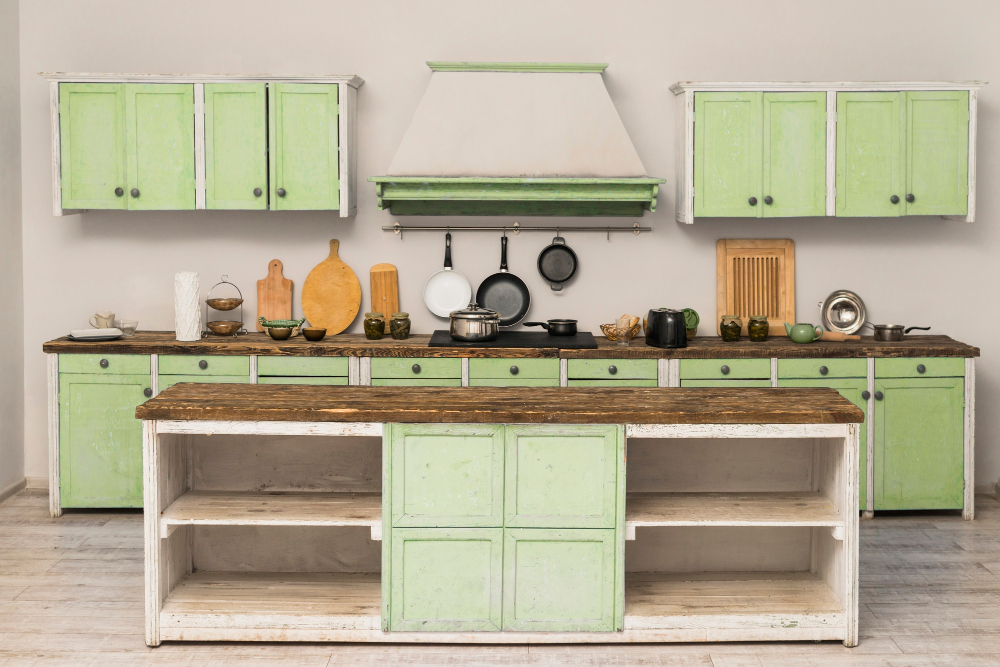
If your kitchen has been around for a while, it may be showing signs of wear and tear. Here are some common signs that indicate it’s time for a remodel:
1. Outdated Design: If your kitchen looks like something out of an old movie, with outdated cabinets, countertops, and appliances – then it’s probably time to update.
2. Lack Of Functionality: A poorly designed layout can make cooking and entertaining in the space difficult or even impossible.
3. Damaged Cabinets And Countertops: Cracked tiles on counters or damaged cabinet doors can make the entire room look shabby.
4. Insufficient Storage Space: Cluttered countertops due to lack of storage space is another sign that you need more functional cabinetry installed during remodeling.
5.Lack Of Energy Efficiency : Old appliances consume more energy than new ones which could lead to higher electricity bills.
The Impact of Lifestyle Changes On Kitchen Remodeling

For instance, if you’ve recently started a family or have more people living in your home than before, you may need to remodel your kitchen to accommodate their needs. Similarly, if you’re someone who loves cooking and entertaining guests frequently, then a larger kitchen with modern appliances might be necessary.
On the other hand, if your children have moved out of the house or you’re an empty nester now with no plans of hosting large gatherings anytime soon; then downsizing might be an option worth considering. In such cases where lifestyle changes occur over time; it’s essential to evaluate whether remodeling is necessary based on current requirements.
Dealing With Damages and Repairs

One crucial aspect to consider is damages and repairs that may be needed before any remodeling work can begin. Damages such as water leaks, mold growth, or structural issues should be addressed first before proceeding with any cosmetic changes.
It’s important to hire a professional contractor who can assess the extent of damage and provide an estimate for repair costs. In some cases, minor repairs may suffice; in others, more extensive renovations might be necessary.
Ignoring damages or postponing repairs could lead to further complications down the line and increase overall renovation costs significantly. Therefore it is best practice always to address these issues promptly.
Dealing with damages and necessary repairs should always come first when planning a kitchen remodel project.
Assessing Your Kitchen’s Functionality

A functional kitchen is one that meets the needs of its users and makes cooking and cleaning tasks more manageable. Start by identifying what works well in your current space and what doesn’t.
Consider the layout of your cabinets, countertops, appliances, sink area, lighting fixtures as well as storage spaces such as pantries or cupboards. Are they arranged in a way that maximizes efficiency? Do you have enough counter space for meal prep? Is there adequate storage for all of your cookware?
If you find yourself struggling with any aspect of functionality in the kitchen regularly – whether it be lack of counter space or poor lighting – then these are areas where improvements can be made during remodeling.
Evaluating the Kitchen’s Aesthetic Appeal

After all, you want a kitchen that not only works well but also looks great and reflects your personal style. When evaluating the aesthetic appeal of your current kitchen, consider factors such as color scheme, lighting fixtures, flooring materials and cabinetry design.
If you’re looking for a more modern look in your new remodel or simply want to update an outdated appearance from years past then there are plenty of options available. For example: replacing old cabinets with sleeker designs can give any room an instant facelift while adding new countertops made from granite or quartz will provide both durability and elegance.
Another way to enhance the aesthetics of your kitchen is by incorporating trendy colors into its design scheme like navy blue or emerald green which have been popular choices among homeowners lately due their versatility when paired with other hues such as white or gray.
Factors to Consider When Remodeling

First and foremost is your budget. Kitchen remodeling can be expensive, so it’s essential to set a realistic budget that you’re comfortable with before starting the project.
Another factor to consider is the layout of your kitchen. If you’re happy with the current layout and functionality of your kitchen, then minor upgrades such as new countertops or cabinets may suffice.
However, if you want to change the entire look and feel of your space or improve its functionality significantly, then a complete remodel may be necessary.
The size of your family also plays an important role in determining how extensive your renovation should be. A growing family will require more storage space for food items and cooking utensils; therefore larger cabinets or additional pantry space might need consideration.
Think about how long you plan on staying in this home before selling it off? If it’s only for another year or two – investing too much money into renovations might not make sense financially unless they add significant value when reselling later down-the-line.
Frequency of Kitchen Remodels

Some homeowners prefer to remodel their kitchens every few years to keep up with the latest trends and technologies. Others may wait until their kitchens are outdated or no longer functional before considering a renovation.
If you’re unsure about how often you should remodel your kitchen, consider evaluating its current state. Are there any damages that need repairs? Is it still functional for your needs? Does it look outdated compared to other rooms in the house?
Think about any lifestyle changes that may impact how often you’ll need a remodeling project. For example, if you have young children now but plan on having more in the future or hosting large family gatherings regularly – these could be reasons why frequent renovations might be necessary.
Upgrade Vs. Complete Remodel
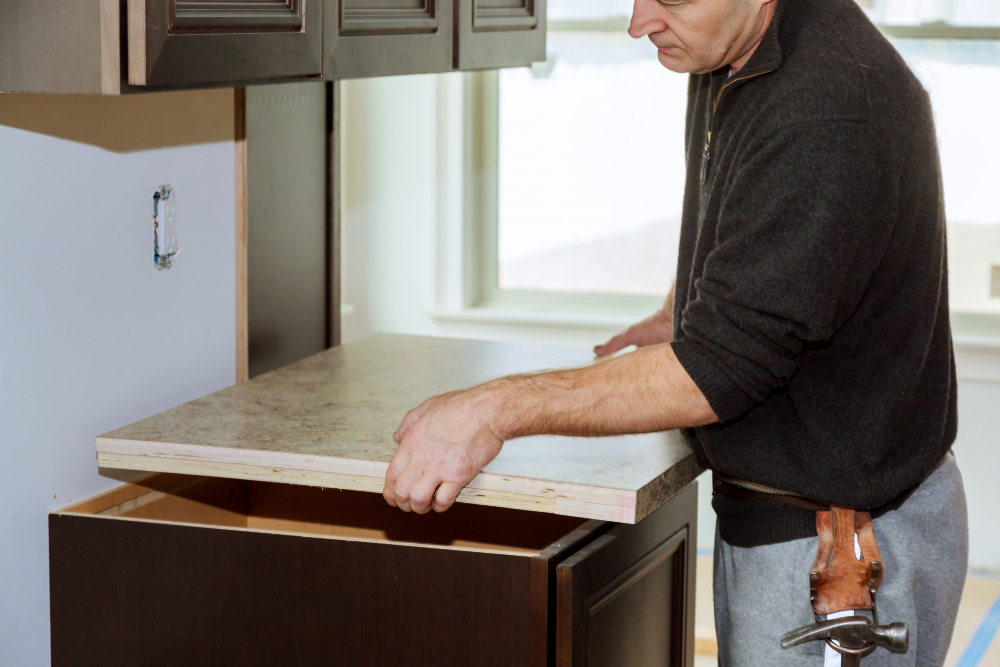
Upgrading involves making minor changes such as replacing countertops, painting cabinets, or installing new appliances while keeping the existing layout intact. On the other hand, a complete remodel involves tearing down walls and changing the entire layout of your kitchen.
Upgrading is an excellent option if you’re on a tight budget and want to give your kitchen a fresh look without breaking the bank. It’s also ideal if you’re happy with your current layout but want some aesthetic improvements.
However, suppose you have structural issues in your current space that need addressing or are looking for significant functional upgrades like adding more storage space or creating an open floor plan that connects with other living areas in your home. In that case, it may be time for a complete remodel.
Ultimately deciding between upgrading and doing a full-scale renovation depends on several factors such as budget constraints and personal preferences regarding design aesthetics versus functionality needs.
Budget Planning for Remodeling

Before you start any renovation work, it’s essential to determine how much money you’re willing to spend on your project. This will help guide your decisions and ensure that you don’t overspend or run out of funds midway through the remodel.
When creating a budget plan, consider all expenses associated with the renovation, including materials, labor costs (if hiring professionals), permits and fees (if required), and any unexpected expenses that may arise during construction.
It’s also important to prioritize which areas in your kitchen require more attention than others. For example, if updating appliances is a top priority but replacing cabinets can wait until later down the line when there are more funds available – make sure this is reflected in your budget plan.
Remember that while it may be tempting to cut corners or opt for cheaper materials or services – doing so could end up costing more in repairs down the road. So always aim for quality over quantity when making decisions about where best allocate resources within your remodeling project.
Financing Options for Kitchen Remodeling

There are several ways to finance your kitchen remodel, including personal savings, home equity loans or lines of credit, credit cards with 0% introductory APRs or low-interest rates.
Personal Savings: If you have enough money saved up in an emergency fund or other accounts that you don’t need for immediate expenses like bills and groceries, using those funds could be an option. This way is ideal if you’re looking to avoid interest payments altogether.
Home Equity Loans/Lines of Credit: Another popular financing option is taking out a home equity loan/line of credit (HELOC). A HELOC allows homeowners to borrow against their homes’ value while still retaining ownership.
These types of loans typically come with lower interest rates than unsecured personal loans because they’re secured by the property itself.
Credit Cards: Using a credit card can also be an option if used responsibly. Some cards offer 0% introductory APRs for new purchases made within the first few months after opening the account; this means no interest will accrue during that time frame as long as minimum monthly payments are made on time.
Choosing the Right Materials
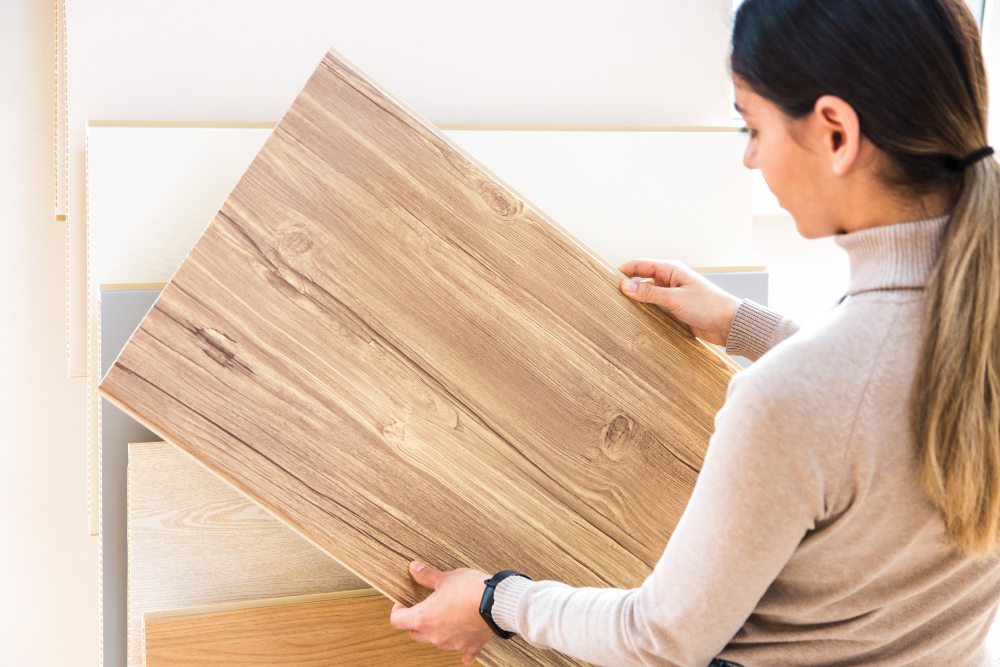
The materials you choose will determine not only how your kitchen looks but also its durability and functionality. There are several factors to consider when selecting materials for your remodel, including cost, maintenance requirements, and style.
One of the most important things to keep in mind is that not all materials are created equal. For example, while granite countertops may be beautiful and durable, they can also be expensive and require regular sealing.
On the other hand, laminate countertops may be more affordable but less durable than their stone counterparts.
Another factor to consider when choosing materials is their compatibility with your lifestyle needs. If you have young children or pets in your home who tend to spill or scratch surfaces easily – then opting for a material that’s easy-to-clean like quartz might make sense over porous natural stones like marble which can stain easily.
Updating Outdated Fixtures and Elements

Old cabinets, countertops, and appliances can make your kitchen feel drab and uninviting. Replacing these items with modern alternatives can transform the space into a stylish hub for cooking, dining, and entertaining.
When updating fixtures in your kitchen remodel project, consider choosing energy-efficient options that will save you money on utility bills in the long run. For example, replacing old light fixtures with LED lights or installing low-flow faucets can help reduce water usage while also adding value to your home.
Another way to update outdated elements is by refinishing or repainting existing cabinetry instead of completely replacing them. This option not only saves money but also reduces waste by keeping perfectly good materials out of landfills.
Incorporating New Kitchen Appliances
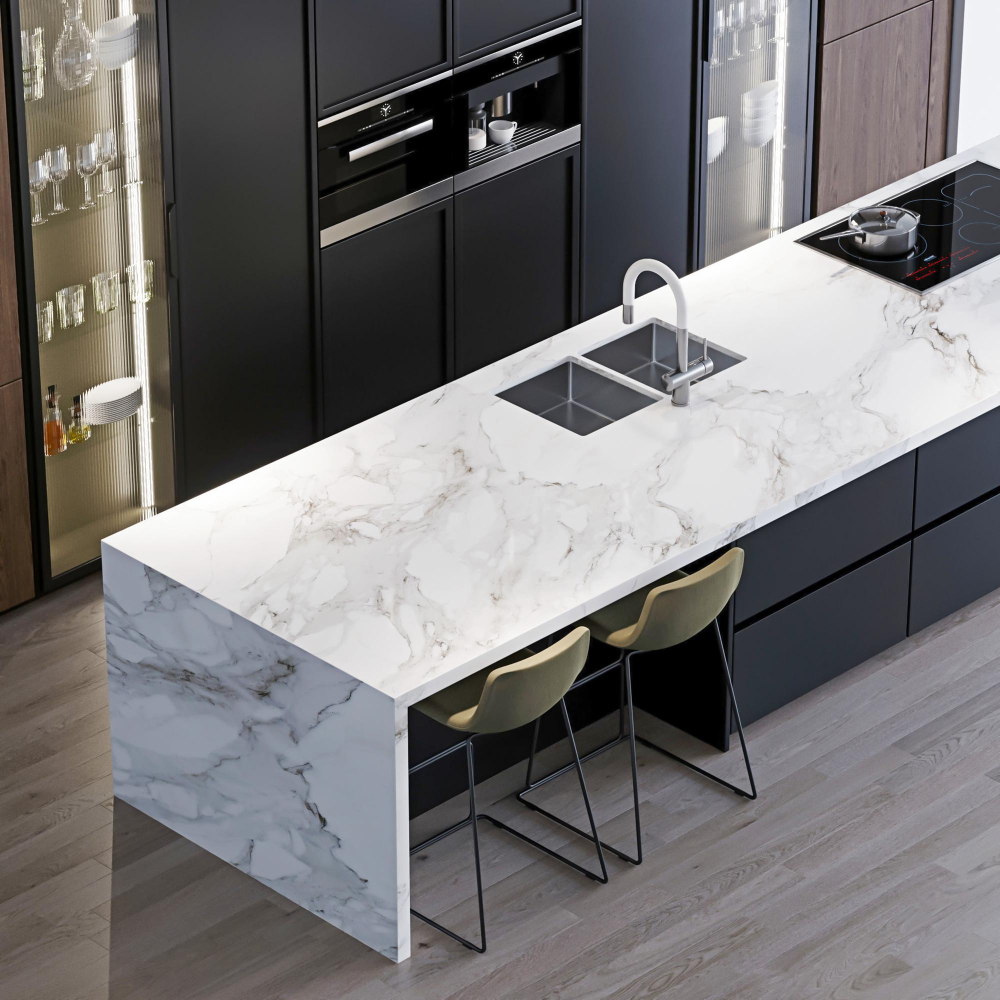
With the latest technology, you can make cooking more comfortable, faster, and more efficient than ever before. When considering new appliances for your remodel project, it’s essential to choose ones that fit both your lifestyle needs and budget.
One of the most popular appliance upgrades is replacing old stovetops with induction cooktops. Induction cooktops use electromagnetic fields to heat up pots and pans directly instead of heating up the surface underneath them like traditional gas or electric stovetops do.
This means they are much faster at heating food while being safer since there are no open flames or hot surfaces.
Another popular appliance upgrade is installing smart refrigerators that come equipped with Wi-Fi connectivity features such as touchscreens for browsing recipes online or streaming music while cooking in the kitchen.
When incorporating new appliances into your remodeling plan, consider how they will affect other aspects of your design choices such as cabinetry layout changes due to larger fridge sizes or electrical requirements needed for newer models’ installation process.
Popular Kitchen Remodel Ideas
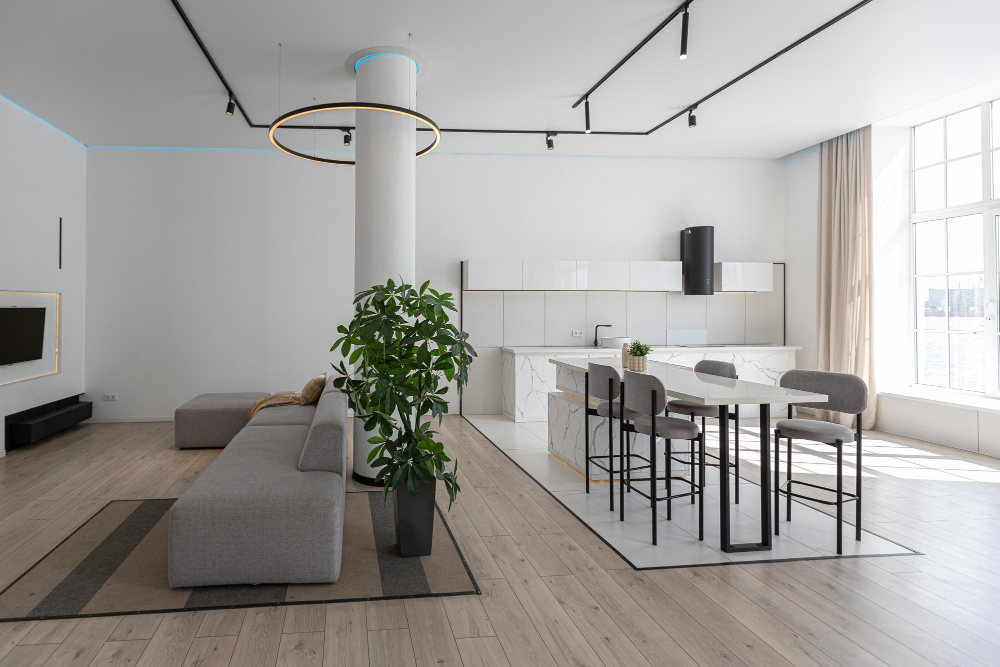
Here are some popular kitchen remodel ideas that can help transform your space into a functional and stylish area.
1. Open Concept: An open concept design is one of the most popular trends in modern kitchens.
It involves removing walls between the kitchen, dining room, or living room to create an open floor plan that allows for more natural light and better flow.
2. Smart Storage Solutions: Maximizing storage space is crucial in any kitchen renovation project.
Installing pull-out drawers, corner cabinets with lazy susans or installing overhead racks can make a big difference in organizing cluttered spaces.
3. Energy-Efficient Appliances: Upgrading old appliances not only improves functionality but also saves energy costs over time by using less electricity or gas consumption than older models.
4. Statement Lighting Fixtures: Adding statement lighting fixtures such as pendant lights above islands or chandeliers above dining tables adds character while providing ample illumination for cooking tasks.
5. Natural Materials: Incorporating natural materials like wood countertops, stone backsplashes ,and ceramic tiles add warmth texture & depth creating an inviting atmosphere.
Personalizing Your Kitchen Space
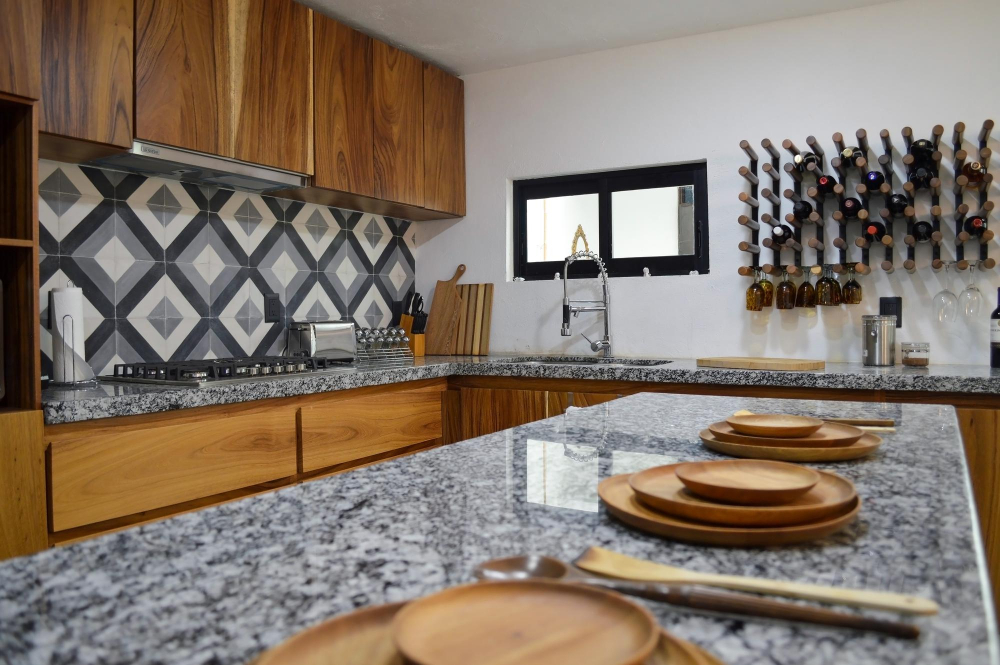
Your kitchen should reflect your personality, style, and preferences. It’s the perfect opportunity to create a space that you’ll love spending time in while also adding value to your home.
When personalizing your kitchen, consider incorporating unique design elements such as custom cabinetry or countertops made from unconventional materials like concrete or wood slabs. You can also add pops of color with vibrant backsplashes or statement lighting fixtures.
Another way to personalize your kitchen is by displaying artwork and decor that reflects who you are as a person. Whether it’s vintage posters, family photos, or quirky knick-knacks collected over the years – these items can add character and warmth to any room.
Ultimately, personalizing your kitchen will make it feel more like home while creating a functional space for cooking and entertaining guests alike.
Hiring Professionals Vs. DIY
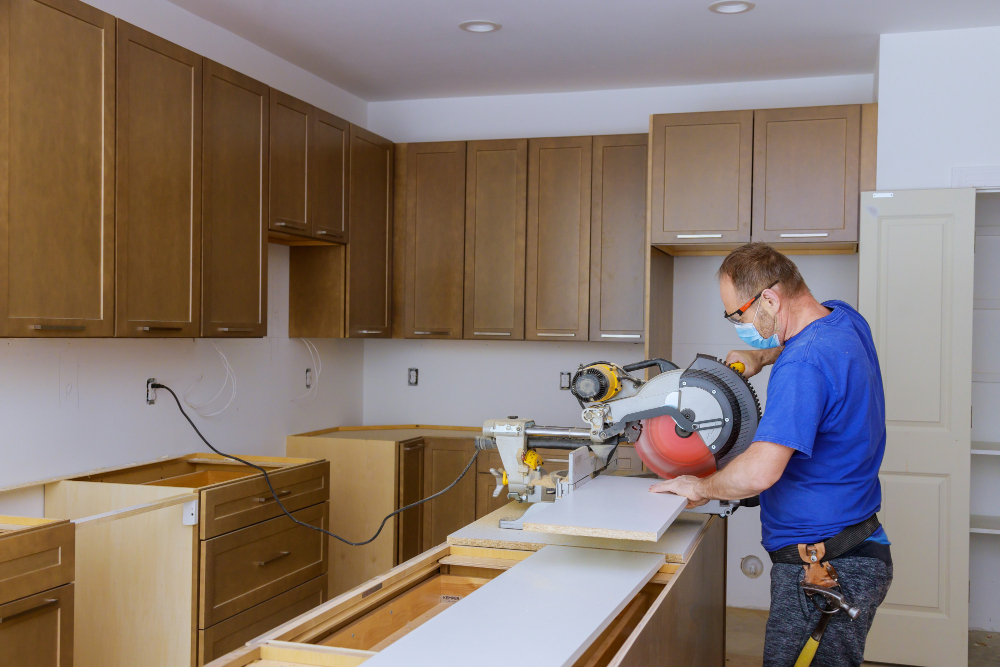
While DIY projects can be fun and rewarding, they’re not always practical for larger-scale renovations like a kitchen remodel. Hiring professionals ensures that your project will be completed efficiently and correctly.
Professional contractors have years of experience in their field and are equipped with specialized tools that allow them to complete tasks quickly while maintaining high-quality standards. They also know how to navigate any unexpected issues that may arise during the renovation process.
On the other hand, if you decide on a DIY approach, keep in mind that it requires time commitment as well as knowledge about construction work such as plumbing or electrical wiring which could pose safety risks if done incorrectly. Mistakes made during a DIY renovation can end up costing more money than hiring professional help from start-to-finish.
Timeframe for Kitchen Remodeling

The answer depends on several factors, including the scope of work and whether you’re doing a complete remodel or just upgrading certain elements. On average, a full kitchen renovation can take anywhere from six weeks to three months or more.
It’s important to note that unexpected delays can occur during any home renovation project. For example, if your contractor discovers water damage or structural issues during demolition, this could add time and cost to your project.
To ensure that your kitchen remodel stays on track as much as possible, it’s essential to plan ahead and communicate clearly with everyone involved in the process. This includes setting realistic timelines for each phase of construction and being prepared for potential setbacks along the way.
While there is no set timeframe for completing a kitchen remodel since every project is unique; planning ahead by setting realistic timelines will help keep things moving smoothly throughout all phases of construction until completion day arrives!
FAQ
How frequently should a kitchen be remodeled?
A kitchen should be remodeled every 10-15 years, as recommended by most remodeling professionals.
How often should you update your kitchen cabinets?
You should consider updating your kitchen cabinets every ten years, as frequent use may decrease their lifespan.
What time of year is cheapest to remodel kitchen?
The cheapest time of year to remodel your kitchen is winter.
Is it better to remodel all at once?
Remodeling all at once is better as it allows for broader planning, ensures the right sequence, and is more cost-effective.
What are the key signs that indicate a kitchen needs remodeling?
A kitchen needs remodeling when there are key signs such as outdated appliances, lack of storage space, deteriorating cabinets or countertops, and an inefficient layout.
How do different kitchen renovation budgets impact the decision on when to remodel?
Kitchen renovation budgets greatly influence the remodeling decision, as higher budgets allow for quicker decisions while lower budgets may require more time for saving and planning.
What factors should be considered when choosing the ideal duration between kitchen remodels?
The ideal duration between kitchen remodels should consider factors such as budget, wear and tear, changes in lifestyle or family needs, advances in technology, and updating styles or designs.




